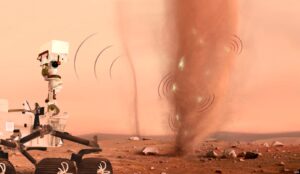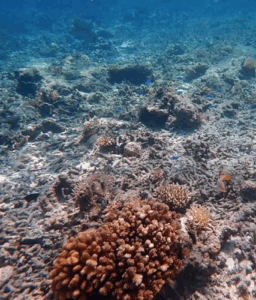An expedition to Canada to understand the thawing of frozen peat bogs in the land of polar bears
Researchers from the PEPR FairCarboN PEACE and Belmont Forum-ANR PRISMARCTYC projects, involving the GEOPS and METIS laboratories, visited a new study site in Churchill, Manitoba (Canada), on the shores of Hudson Bay. The aim was to collect data on the thawing of permafrost (permanently frozen soil) in Arctic peatlands.
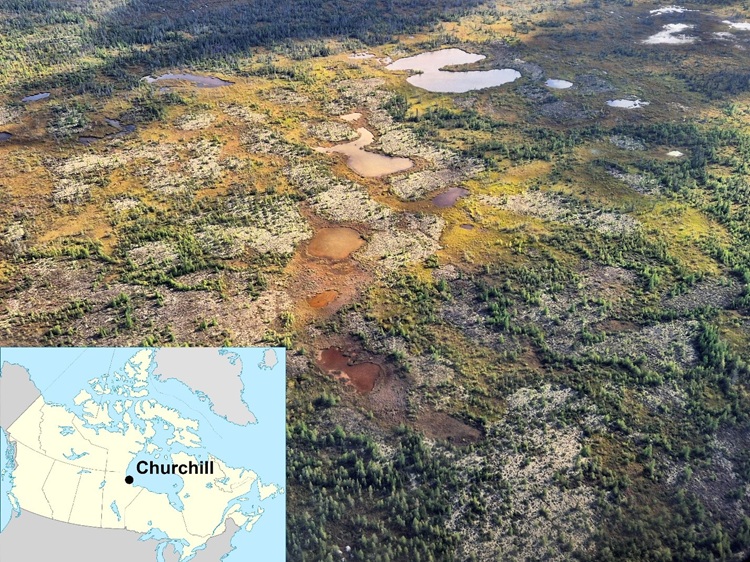
Area around the village of Churchill in northern Manitoba (Canada) where a frozen peat bog (permafrost) is thawing due to global warming. Peat bogs are carbon sinks. Aerial photo. © Antoine Séjourné
Global warming is three times greater in the Arctic than elsewhere on the planet. Today, the frozen peat bogs (permafrost) of northern Canada are thawing. As carbon sinks, peat bogs help regulate atmospheric CO2 concentrations and are valuable allies in the fight against climate change.
However, the thawing of permafrost is impacting the functioning of peatlands in the Arctic and sub-Arctic regions. Organic carbon and other inorganic elements (50% of total terrestrial soil stocks), previously trapped in permafrost, are being released into aquatic systems. Microorganisms convert the newly available, highly biodegradable organic carbon into greenhouse gases, thereby amplifying global warming.
The PEACE project aims to understand how permafrost degradation and induced vegetation changes affect the carbon-nitrogen-phosphorus (C-N-P) dynamics of Arctic ecosystems. To this end, it brings together researchers from various French laboratories (Toulouse, Paris, Saclay, Rennes, Montpellier) and Canadian laboratories (Sherbrooke) in an interdisciplinary approach focused on the critical zone.
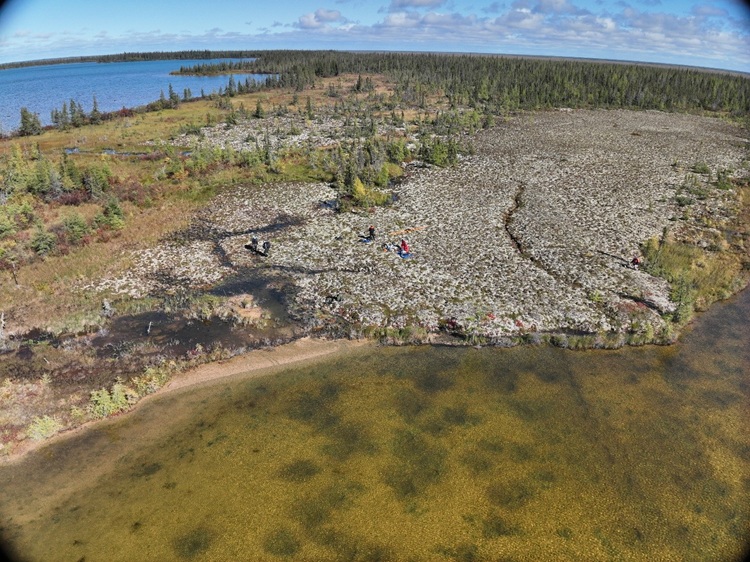
Active thawing of permafrost (frozen peat bog) along polygons on the edge of a lake. Note that the new wetland (dark) formed in one year following the thawing of the permafrost. Drone photo. © Antoine Séjourné
The aim of the mission was to study carbon release along the peatland-soil-pond continuum by measuring greenhouse gas concentrations and determining microbial communities. Permafrost thawing was characterised using drone surveys and comparisons with old aerial images. The structure of the permafrost was determined through drilling and geophysical surveys.
This fieldwork also marks the start of César Ciebiera’s thesis at the GEOPS laboratory, which is dedicated to the study of permafrost thawing in Canada (co-supervised by A. Séjourné and M. Pessel).

Field measurement: electrical resistivity/conductivity of permafrost (ice content) and CO2 and CH4 concentrations in a degrading area. © Antoine Séjourné
This new site will be compared with others already studied, such as those in the Yukon, in western Canada. New questions are emerging: how are these peatlands responding specifically to the thawing of the permafrost? What will be the impact of this thawing on the carbon cycle and therefore on the climate? These are the questions being addressed by the project’s scientists.

Survey in the frozen bog (permafrost) where peat (sphagnum) and ice are exposed. © Antoine Séjourné
As a bonus to their research work, the Franco-Quebecois team was able to enjoy the spectacle of the Northern Lights and polar bears, but from a safe distance…
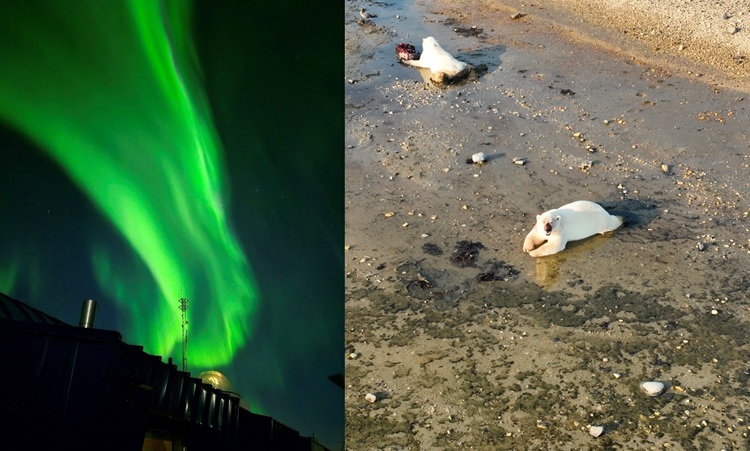
Aurores boréales à la station de recherche de Churchill. Ours blancs mâles se reposant après un dîner. © Antoine Séjourné



